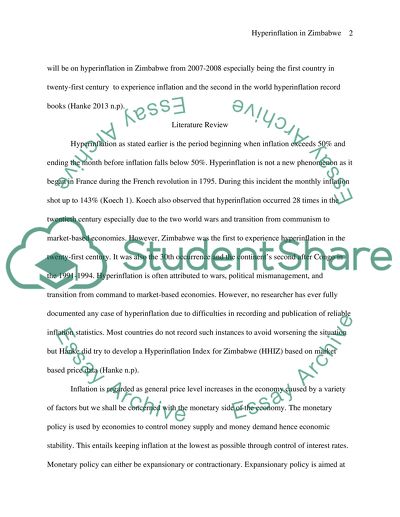Cite this document
(“Trace out the events leading to hyperinflation in either Germany from Research Paper”, n.d.)
Trace out the events leading to hyperinflation in either Germany from Research Paper. Retrieved from https://studentshare.org/macro-microeconomics/1495835-trace-out-the-events-leading-to-hyperinflation-in
Trace out the events leading to hyperinflation in either Germany from Research Paper. Retrieved from https://studentshare.org/macro-microeconomics/1495835-trace-out-the-events-leading-to-hyperinflation-in
(Trace Out the Events Leading to Hyperinflation in Either Germany from Research Paper)
Trace Out the Events Leading to Hyperinflation in Either Germany from Research Paper. https://studentshare.org/macro-microeconomics/1495835-trace-out-the-events-leading-to-hyperinflation-in.
Trace Out the Events Leading to Hyperinflation in Either Germany from Research Paper. https://studentshare.org/macro-microeconomics/1495835-trace-out-the-events-leading-to-hyperinflation-in.
“Trace Out the Events Leading to Hyperinflation in Either Germany from Research Paper”, n.d. https://studentshare.org/macro-microeconomics/1495835-trace-out-the-events-leading-to-hyperinflation-in.


